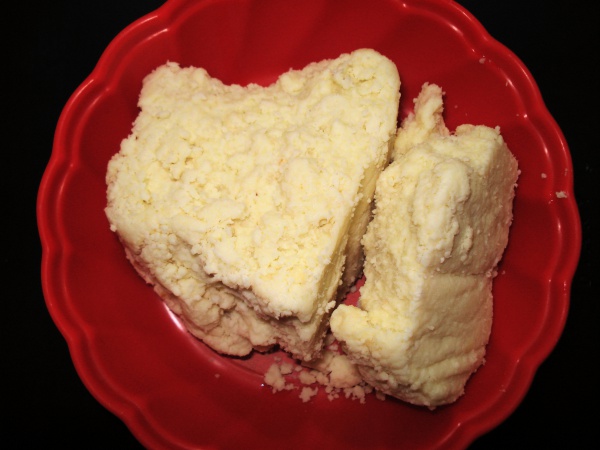Facts About Khoa
Khoa, also known as Khoya, is a cherished dairy product from the Indian subcontinent, extensively used in the cuisines of India, Nepal, Bangladesh, and Pakistan. This versatile ingredient is essentially dried whole milk or milk thickened by heating, making it less moist than fresh cheeses such as ricotta.
To produce khoa, you begin by concentrating milk until it is reduced to one-fifth of its original volume. This thickened milk forms the base for a wide variety of Indian sweets, with India alone producing about 600,000 metric tons of khoa annually. Khoa can be made from either cow or water buffalo milk. The traditional method involves simmering full-fat milk in a shallow iron pan until most of the water evaporates, leaving behind the rich milk solids. Alternatively, full-fat milk powder can be added to skimmed milk and heated until thick, although this method does not fully capture the traditional texture and flavor of khoa.
There are different types of khoa, categorized by their moisture content: Batti, Chikna, Daanedaar, Pindi, and Dhap. Each type is suited to different culinary uses. Khoa is a key ingredient in sweets like Pedha, Gulab Jamun, Barfi, Gujia, and Halwa. It is also used in savory dishes such as Khoya Paneer, Makhmali Kofta, and Khoya Matar.
Typically, khoa is white or pale yellow, but in winter, it may develop a green tinge and a grainier texture due to harmless surface mold, known as hariyali. This seasonal variation is incorporated into specific recipes and was traditionally stored for use during warmer months before refrigeration became available.

 India
India